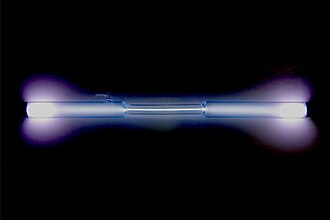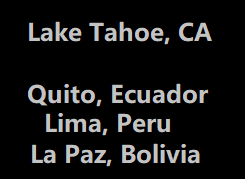
Xenon in Mountaineering
An expedition outfit has recently touted this as a quick ticket to acclimatization for VIP Everest climbers.
Review
Raising hematocrit (Hct) artificially—whether with xenon, EPO, or altitude training—increases oxygen-carrying capacity, but at a cost: higher blood viscosity, slower circulation, and increased clot risk. This becomes even more dangerous on a mountain, where dehydration and hypoxia further worsen blood flow dynamics. Furthermore, serious scientific studies have shown that it has little efficacy in maintaining a raised hematocrit. Raising 2-3 DPG levels is far more important in acclimatization than a higher hematocrit.
Hematocrit, Viscosity, and Stroke Risk
1. Normal Hct: ~40-45% (men), 36-42% (women).
2. Above ~50%, blood viscosity rises exponentially, reducing capillary flow.
3. Above ~60%, blood can become so thick that it impairs microcirculation, raising the risk of ischemic stroke and DVT (deep vein thrombosis).
Dehydration Worsens Hyperviscosity
At altitude, climbers lose more fluid due to:
1. Increased respiratory water loss from hyperventilation.
2. Increased urine output from altitude diuresis.
3. Reduced thirst drive in cold environments.
4. Dehydration concentrates the blood, making an already high hematocrit even worse.
A climber with an artificially raised Hct of 55% who becomes dehydrated could easily spike to 60-65%, dramatically increasing stroke risk.
Hypoxia, Sluggish Blood Flow, and Clots
1. Hypoxia-induced vasoconstriction at altitude reduces blood flow in certain vascular beds (e.g., lungs, brain).
2. High-viscosity blood moves slower, increasing the chance of clot formation.
3. Cerebral venous thrombosis (CVT) is a real concern in altitude-related strokes.
Real-World Examples of Altitude-Related Stroke
Cases of high-altitude cerebral thrombosis (HACE + stroke-like symptoms) have been reported in climbers with very high Hct levels.
The Worst-Case Scenario on Everest
1. A climber artificially increases hematocrit (via xenon or EPO) to 52-55%.
2. They ascend quickly to high altitude, where dehydration sets in.
3. Their Hct spikes to 60% or more, making their blood thick and sluggish.
4. A stroke or pulmonary embolism occurs at 8,000m, where no immediate medical care is available.
Since no autopsy will be available, the climber’s death will be declared as due to hypoxia or fatigue.
Conclusion: Xenon-Increased Hct + Dehydration = Stroke Risk
Raising Hct too high (above 50-52%) before a climb increases the risk of ischemic stroke, DVT, and poor microcirculation.
Ventilation and oxygen unloading are far more important than hematocrit alone.
A naturally acclimatized climber is safer than one who artificially spikes their red blood cell count.
KORDILLERA Bottom line
Artificially boosting Hct before Everest is a dangerous and unnecessary gamble, especially with the dehydration risks at altitude. It’s also a gimmick. Expect strokes or unexplained deaths at high altitude from teams using this.
Dr. Leo Montejo MD D.ABA



Comments are closed